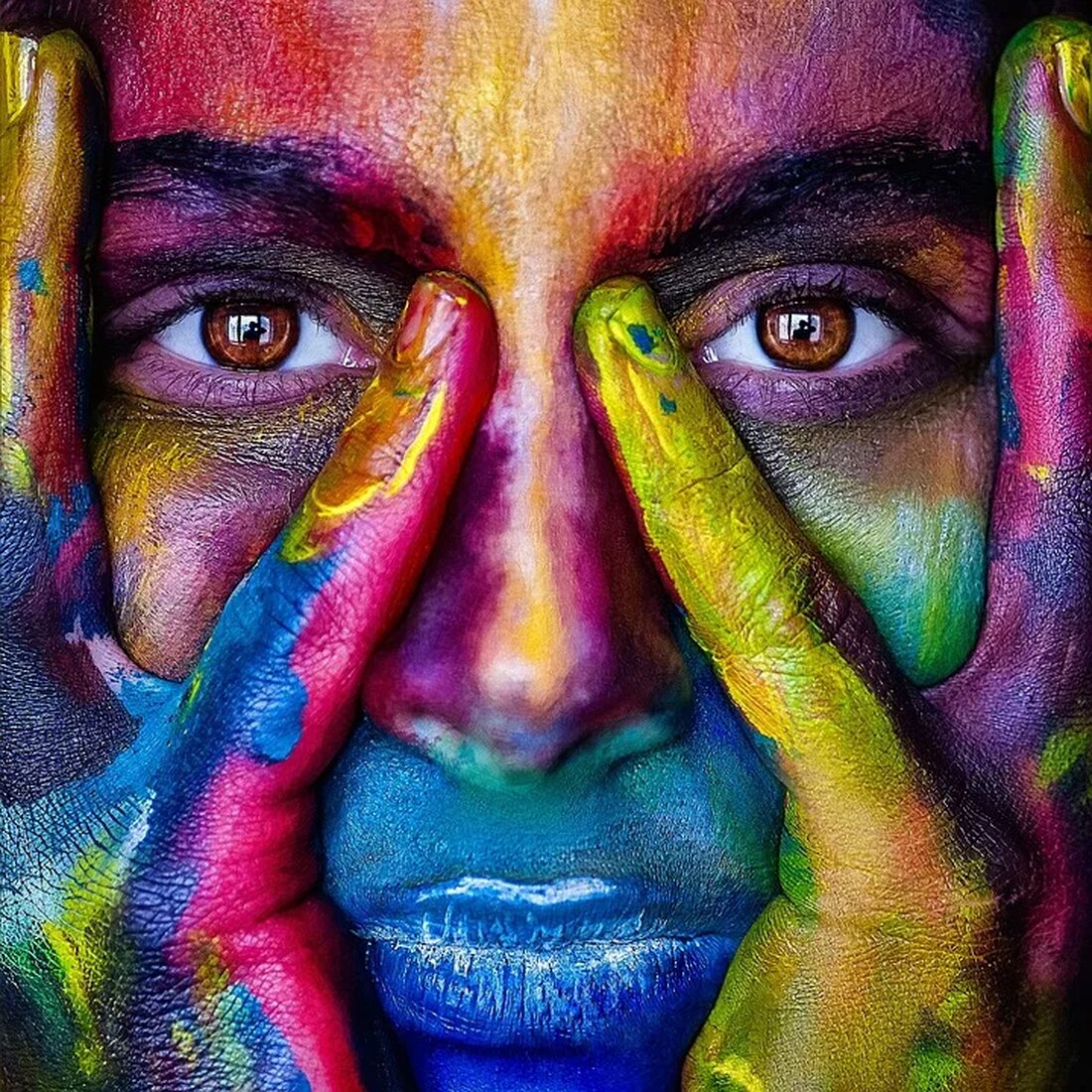The influence of art and culture on climate protection
Climate protection is an all-encompassing issue whose relevance is increasing day by day. Humanity is increasingly faced with the need to take urgent steps to protect the environment and mitigate the effects of pollution and climate change. Art and culture can also play an important role in this context. They can attract attention, stimulate thinking and motivate people to change their behavior to protect the environment. This article highlights the influence of art and culture on climate protection. Art and Culture: Influential Means of Communication The Role of Art Art has the ability to convey universal messages in an emotional way...

The influence of art and culture on climate protection
Climate protection is an all-encompassing issue whose relevance is increasing day by day. Humanity is increasingly faced with the need to take urgent steps to protect the environment and mitigate the effects of pollution and climate change. Art and culture can also play an important role in this context. They can attract attention, stimulate thinking and motivate people to change their behavior to protect the environment. This article highlights the influence of art and culture on climate protection.
Art and Culture: Influential Means of Communication
The role of art
Art has the ability to convey universal messages in an emotional way. It can visualize complex ideas and concepts and make them easier to understand. This makes them a powerful tool in communicating issues that affect humanity as a whole, such as climate protection.
The role of culture
Culture also plays a key role in addressing climate-related challenges. As an integral part of human life, it reflects the values, belief systems, traditions and lifestyles of a society. Therefore, cultural change – from consumer behavior to societal norms and values – can have a significant impact on reducing greenhouse gas emissions and improving environmentally friendly practices.
Art and culture as awareness-raisers for climate change
Different art forms such as painting, photography, music, theater and film can be used to raise awareness of climate change and its consequences. These works of art and forms are parts of a society's cultural expression. They can make profound statements, provoke highly emotional reactions and reveal uncomfortable truths.
Examples of this include the photorealistic portraits of disappearing ice landscapes by photographer James Balog, the dramatic depictions of the melting of the polar ice caps in the interactive light installation 'Ice Watch' by artist Olafur Eliasson and the moving musical compositions by musician Ludovico Einaudi, which emphasize the beauty and fragility of the planet.
Dealing with climatic changes through artistic and cultural expressions can help to raise climate awareness, create an emotional connection to the topic of climate protection and promote active action in society.
The expression of ecological values through art and culture
Art and culture can also be used to express ecological values and ways of thinking. Many indigenous and land-based cultures live by principles of respect for nature and sustainable living. Their traditions, practices and art forms can convey a powerful message for climate action.
In the field of visual art, artists such as Andy Goldsworthy and Richard Long have revolutionized the expression of ecological values with their installations in the great outdoors. Her works emphasize the interdependence of people and nature and question modern concepts of ownership and consumption.
The human-nature dialogue and the effects of human actions on the environment are also presented in literature and on stage. Examples of this are the novels by Barbara Kingsolver and the theater productions by Complicité, which bring ecological issues to the forefront of their stories.
The role of education and awareness
In addition to direct artistic expression, art and culture can also make a decisive contribution to education and raising awareness of climate change. For example, workshops in schools and communities that introduce participants to the concept of climate change through artistic methods can leave a lasting impression. They can clearly convey complex scientific concepts and encourage participants to think thoughtfully and creatively about solutions.
Film festivals and art exhibitions that focus on environmental issues can help local communities grasp the urgency of climate action and the need for a cultural shift. Curators, artists and cultural workers have an important responsibility in this context and can act as multipliers by filtering which stories are told and which messages are passed on to a broader public.
Conclusion
Art and culture play a crucial role in climate protection. They can serve as powerful tools to promote climate change awareness, education and awareness. Through artistic and cultural expressions, humanity can be inspired to rethink its attitude towards the environment and to actively participate in climate protection.
However, it is important to note that these artistic and cultural efforts must be accompanied by structural changes at political, technological and economic levels to ensure effective climate protection. Arts and culture can reach people's hearts and minds and inspire action, but ultimately coordinated and comprehensive action at all levels is required to address the daunting challenges of climate change.

 Suche
Suche
 Mein Konto
Mein Konto
